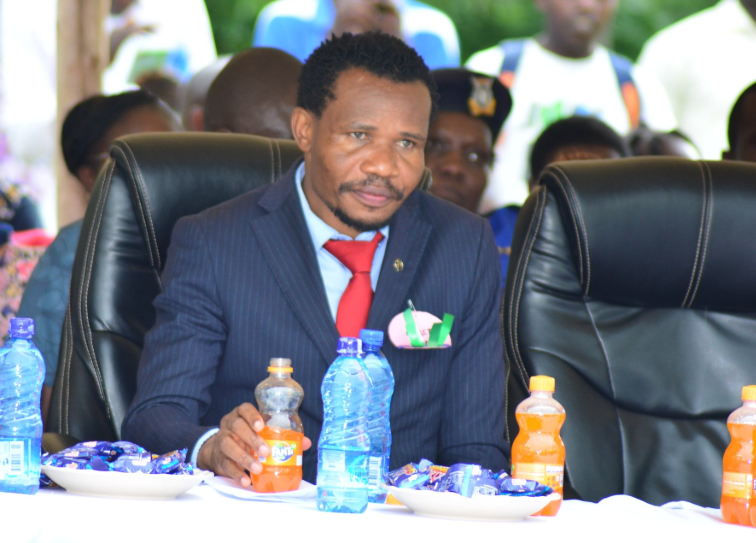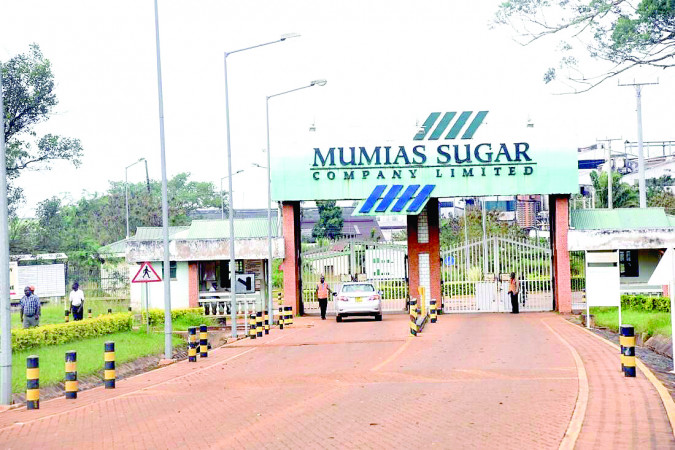Death toll rises to 228 as Kenya coast remains on alert over cyclone

Death toll due to floods has hit 228, with 72 other people missing, the Government Spokesperson said yesterday.
The government disclosed that nine people have been reported dead due to floods in the last 24 hours.
Another 164 Kenyans have been injured while approximately 212,630 persons, from 42,526 households have been displaced.
The Government spokesperson Isaac Mwaura yesterday said Homa Bay, Kajiado, Nakuru, and Mandera counties and Nairobi are the worst hit counties, suffering extensive flooding and significant disruptions to daily life and economic activities.
Among the latest deaths include seven adults and two children, while the worst single incident is the devastating mudslide in Mai Mahiu that has claimed 52 lives, with another 52 injured while 51 persons are reported as missing.
“The Search and Rescue/Retrieval (SAR) operations are still underway with 151 KDF and 400 NYS officers deployed in the area,” Mwaura said.
According to the government, approximately 227,238 people have been impacted by the heavy rains. 1,967 schools have been affected by the floods.
Following a nationwide assessment of all dams, 192 dams have been identified to be high risk in Central (60), Eastern (39), Rift Valley (29), Coast (22), Western (21), Nairobi (12), North Eastern (five) and Nyanza (four).
Evacuation
“A 24-hour evacuation notice effective May 2, 2024, was issued to settlements in 33 counties that are within 178 of these high-risk dams and water reservoirs. The government is facilitating logistical support, temporary shelter and essential supplies to those affected,” Mwaura added.
“All persons residing within the 30-metre riparian corridor of rivers and other water courses across the country have been ordered to vacate immediately for their safety. Mandatory evacuation along rivers in Nairobi County (Mathare, Ngong and Nairobi Rivers) is ongoing with the government facilitating logistical support, temporary shelter and essential supplies to those affected.”
The Ministry of Health is also working with a multi-agency team to ensure control of cholera and other water borne diseases through the implementation of different measures.
At least one cholera case was reported in Tana River County with additional reports of suspected diarrhoeal cases in Marsabit County.
Contingency supplies
The measures include provision of cholera contingency supplies; distribution of water, sanitation, and hygiene supplies to help purify water sources and treat household water in all high-risk areas and rescue camps; and strengthening community health education to address risk factors and promote healthy practices.
Kenyans have been urged to seek immediate medical attention in case of any signs or symptoms of diarrhea or vomiting, and contact the National Public Health Emergency Operation Centre through the toll-free number 719.
On Saturday, the Internal Security Principal Secretary Dr Raymond Omollo, Regional Commissioner Nairobi Katee Mwanza, Regional Police commander Adamson Bugei, and other officials visited various parts of the city including the ongoing demolition in the Kiamaiko Ngundu area.
PS Omollo directed the National Government Administrative Officers (NGAOs) to collaborate with elders, youth, women, and Nyumba Kumi to implement these plans.
“Riparian areas are prone to flooding during heavy rain, posing a risk to life and property. Heavy rains can erode riverbanks, leading to structural instability and potential collapse of buildings or structures,” the PS warned.
Dr Mwaura warned that the country continues to endure heavy rainfall especially in the Lake Victoria basin, the Rift Valley, Highlands West and East of the Rift Valley including Nairobi area and South-Eastern lowlands.
Occasional moderate to heavy rainfall is likely to continue over the Western region (Kakamega, Vihiga, Busia, Bungoma, and Trans Nzoia); Lake Victoria Basin (Kisumu, Kisii, Nyamira, Migori, Siaya, Homabay); Rift Valley (Nandi, Bomet, Nakuru, Elgeyo Marakwet, West Pokot, Baringo, Uasin Gishu, Laikipia, Kajiado, Narok); Central (Nyeri, Muranga, Kirinyaga, Kiambu, Nyandarua); Eastern (Machakos, Embu, Tharaka Nithi, Meru, Makueni, Kitui); and Nairobi.
The Coastal Strip (Kwale, Mombasa, Kilifi, Lamu) is likely to see moderate to heavy rainfall offshore which may occasionally propagate inland, accompanied by strong winds and large waves.
The government warned the continuing rainfall in the Central region and the overflow of the Seven Forks Dams will exacerbate the flooding in the Tana Delta, impacting Garissa, Tana River, and Lamu Counties, whereas the continued rainfall in Western Kenya and highlands West of the Rift Valley continue to aggravate the flooding in Homa Bay and Kisumu counties.
“This will also worsen the backflow of Lake Victoria which has affected Dunga beach, Remb island, Kobuya, Simbi Nyaima, Sindo and other areas along the lake basin,” Mwaura said.
The government also warned that the counties of Mombasa, Tan River, Kilifi, Lamu, Kwale, Taita Taveta and Garissa will experience strong southerly winds exceeding 40 knots, with significant ocean waves, potentially exceeding 2 metres high in the Indian Ocean.
“The waves may affect marine activities. Fishermen and other ocean users are therefore advised to be on the lookout and exercise extreme caution.
Mwaura said the strong winds and waves are attributed to the tropical cyclone “Hidaya” that will lead to heavy rainfall offshore along the Kenyan coast from yesterday. He added that the fresh to strong breeze of between 8 and 26 knots expected in Kwale, Mombasa, Kilifi and Lamu.










